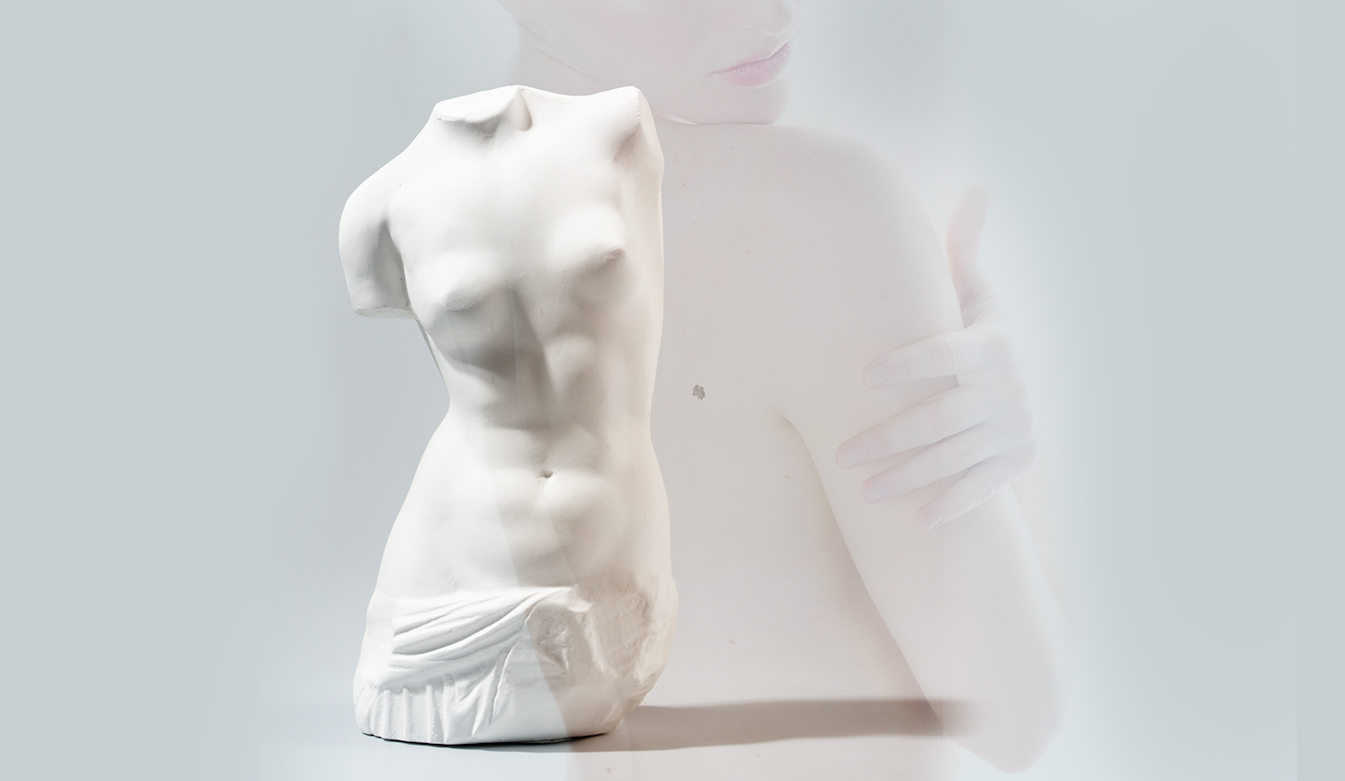
What is skin cancer?
Very simply put, skin cancer is an abnormal growth of skin cells. The areas of the skin that are exposed to the sun are the most prone to develop skin cancer. The disease affects people of all racial backgrounds, but people with light skin who get sunburns easily are at a higher risk.
There are three main types of skin cancer: basal cell carcinoma, squamous cell carcinoma and melanoma, which is the most serious form. They are all named after the skin cell where the skin cancer develops (basal cells, squamous cells and melanocytes).
Basal Cell Carcinoma (BCC) is considered the most common type of skin cancer. It develops in people with fair skin most frequently. Years of frequent sun exposure and/or indoor tanning are to be blamed for this type of skin cancer. It is mostly found on the head, neck and arms, but of course it can form anywhere on the body. With early diagnosis and treatment, BCC is treatable. If left untreated it can invade surrounding tissue, nerves and bones and cause permanent damage or disfigurement.
Squamous cell carcinoma (SCC) is the second most common type of skin cancer. It often looks like a red firm bump, a scaly patch or like a sore that heals and then re-opens. It usually forms on skin that gets frequent sun exposure, such as the rim of the ear, the face and neck area, arms, chest and back. Early diagnosis and treatment can prevent SCC from spreading and causing further damaging. SCC is also a treatable form of skin cancer with good prognosis.
Melanoma is the most serious form of skin cancer and the deadliest. It develops in an existing mole on the body or it can appear as a new dark mole or spot on the skin out of nowhere. Early diagnosis and treatment are decisive in the progress of the disease. This is why it is of paramount importance to check your body once a month, head to toe, for any sudden dark spots and consult your doctor immediately when you see something worrying. These are the ABCD signs you should look for to make it easier and simpler to check:
A= asymmetry, look for spots that are asymmetrical not round
B= border, look for spots with uneven borders
C= color, look for spots with an unusual or uneven color
D= diameter, look for spots that are larger than 7mm
How can I protect myself?
Stay away from the sun, especially between 10:00-16:00.
Sunscreen, sunscreen, sunscreen! We cannot stretch this enough. Applying sunscreen with an SPF of 15 or higher every day, even in the winter months is paramount, especially in a sunny country like Cyprus. If you are planning to spend most of the day outside, use a sunscreen with an SPF of 30 or higher that is also water-resistant.
Newborn babies should be kept out of the sun. You can use a sunscreen on babies over 6 months old. Make sure you buy an age-appropriate sunscreen and all necessary protection.
Avoid tanning and UV tanning beds altogether.
Avoid getting sunburned. It doesn’t look good and most importantly it’s bad for your health.
Use proper clothing and accessories when outside in the sun, like a broad-brimmed hat and UV-blocking sunglasses.
Prevention is key! Check your skin head to toe once a month and contact your doctor immediately if you see something abnormal.
A cancer diagnosis is very difficult to accept. Understanding that treating your skin cancer may result in scars or disfigurement can also be troubling. Dr Karatzias understands your concerns and will guide you through treatment and explain the resulting effect on your health and appearance. Skin cancer, much like any form of cancer, may require surgery to remove the cancerous growth. Dr Karatzias can surgically remove cancerous and other skin lesions using specialised techniques to preserve your health and your appearance. Although no surgery is without scars, Dr Karatzias will make every effort to treat your skin cancer without dramatically changing your appearance.




